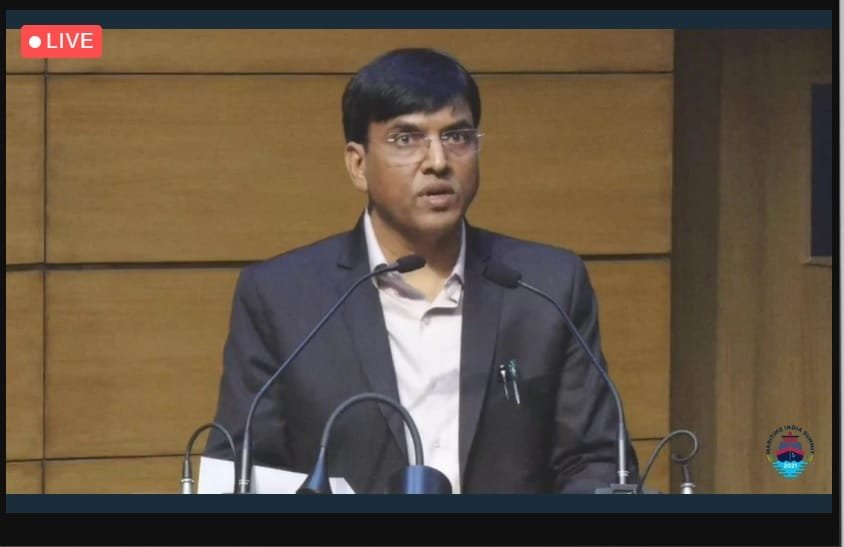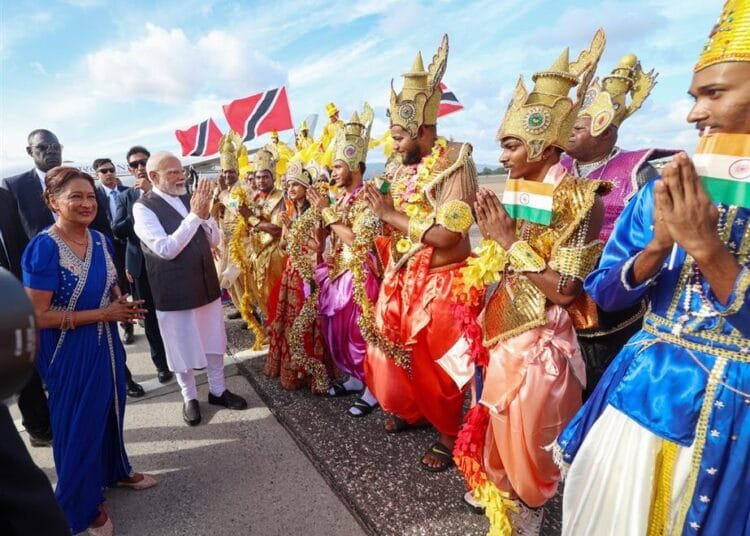Iran’s Eslami sees expanded role for Chabahar
The 21st century will not belong to land but it will be a century of the sea, skies, and space in keeping with the high priority that India attaches in enhancing regional connectivity between India and Central Asia and beyond, with Chabahar Port playing a leading role in the International North South Transport Corridor (INSTC).
Stating this, Mansukh Mandaviya, Minister of State for Ports, Shipping and Waterways, explained, “We (the govt) are at the edge of exploring the possibility in communication and have attempted to bring countries to brainstorm on some of the primary issues in the agenda of maritime connectivity.”
The Chabahar Port, which is being developed by India, as a joint effort of the governments of India, Iran, and Afghanistan to support landlocked Afghanistan by giving it access to the open sea.
“The Port is part of a shared commitment towards peace stability and prosperity of the people of Afghanistan and has helped Afghanistan diversify its export opportunities,” he pointed out at the virtual session ‘Chabahar Day’ during the Maritime India Summit organized by the Ministry of Ports, Shipping and Waterways, jointly with FICCI.
The International North South Transport Corridor (INSTC) is an important regional connectivity project. “For this we have partnered with 12 countries and we are strongly committed to the vision of activating this corridor at the earliest,” Mandaviya said on 4 Mar 2021.
India has already proposed the inclusion of Chabahar port is the INSTC routes and “we welcome the interest shown by Uzbekistan and Afghanistan to join INSTC”, he added.
Dr S Jaishankar, Minister of External Affairs, said that access of landlocked economies to maritime movement has been a particular focus of the recent initiatives. “The shift in the fulcrum of economic growth towards Asia is creating unprecedented opportunities for connectivity in the region,” he said.
Further, Dr Jaishankar said that the Indian Government, in recognising the importance of regional connectivity, made a landmark decision to undertake an overseas port investment in Chabahar.
“The transport and transit corridor is intended to assist unhindered growth of commerce throughout the region and to create a safe, secure and reliable route to trade in the region,” he noted.
On Afghanistan’s will to join the multilateral corridor project, Dr Jaishankar said, “Establishing an eastern corridor through Afghanistan would maximise its potential. India has also proposed the inclusion of Chabahar in the INSTC route. I am hopeful that during the next INSTC coordination council meeting, member states would agree for the expansion of the INSTC route to include the Chabahar Port and agree on expanding the membership of this project.”
Dr Sanjeev Ranjan, Secretary, Ministry of Ports, Shipping and Waterways, stressed that the Maritime India Vision 2030 emphasises on boosting productivity, improving performance and connectivity, and reducing logistic costs by adopting cost affective processes.
“The operationalisation of the Chabahar Port will help bring down the logistics costs for Afghanistan and the other countries of the region. It will enable Afghanistan to boost trade not only with India but with also other countries and greatly promote regional cooperation,” he said.
It is our vision to make Chabahar Port a transit hub under INSTC to reach out to CIS countries, Dr Ranjan added.
Elaborating on the need for private partnerships, Choriyev Jasurbek Ergashevich, Deputy Minister of Transport of Uzbekistan, assured, “We are working to determine the most optimal transport corridor to enter the Chabahar Port. We see great prospects for the port as the number of infrastructure projects are completed.
“However, for the use of the port in full measure, we support the establishment of a tie between the private sector of our countries for the possible creation of infrastructure or joint transport companies.”
Mohammad Eslami, Iran’s Minister of Roads and Urban Development, agreed that Chabahar can be converted to a port for petrochemical and other industries in the region through the development of transport and logistics.
Further to India’s participation in the first phase of the development of the port of Chabahar, Eslami said, “I hope we can enjoy more credit lines allocated by India through well-equipped Chabahar port as well as completion of the infrastructure projects on time.”
Kristine Ghalechyan, Armenian Deputy Minister of Territorial Administration and Infrastructure, underlined that Armenia gives much importance to the country’s integration with the regional transport network.
“This is the right time to declare Armenia as a transit country with high-quality rail and road connections. Our (the Armenian Govt’s) vision is to establish long-term prosperity for the development of efficient cost-effective and environmentally socially sustainable transport infrastructure and services based on international standards,” says Ghalechyan.
Ruslan Baimishev, Kazakhstan’s Vice-Minister of Industry and Infrastructure Development, believes the world community understands the importance of developing transportation and infrastructure on the basis of integration.
Speaking on the importance and strategic location of the Chabahar Port, Oleg N Ryazantsev, Russian Deputy Minister of Industry & Trade, highlighted that the port has a special place in the transportation for the region.
“The international North-South corridor is integral for the development of production and trade in the region,” he said. #banking #development #investment #projects #trade #exports /fiinews.com










